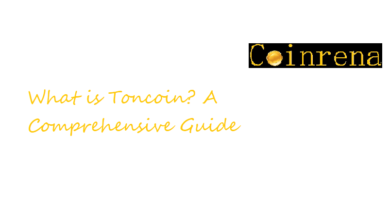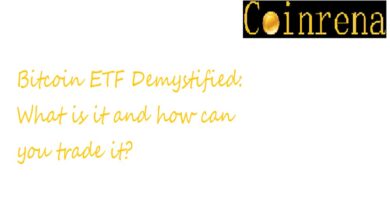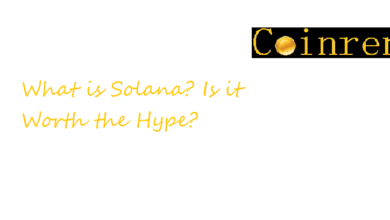Understanding Ethereum, for Dummies: A Beginner’s Guide to Smart Contracts and Beyond
A beginner's guide on what Etherem is all about, common concepts under it, as well as, advantages and limitations of the network.
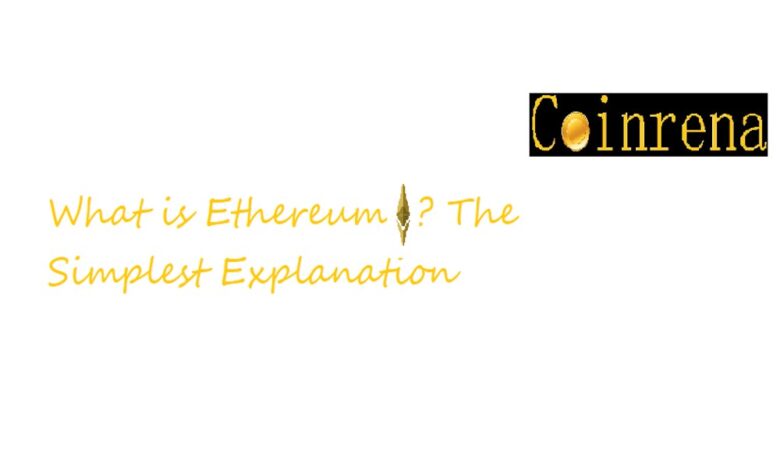
Ethereum and Bitcoin are most likely the names that drew you to crypto. They are the two largest cryptocurrencies in the space. Nonetheless, BTC is no doubt the largest.
However, Ethereum secures the second position globally with a strong market presence, surpassing other crypto assets, excluding Bitcoin, in market capitalization, market share, and trading volume. This guide delves into what this asset is all about, common concepts, advantages and limitations of the network.
What is Ethereum?
Ethereum is an open-source, decentralized, blockchain-based platform powered by its native token, Ether (ETH). The Ethereum network focuses on creating smart contracts and decentralized applications (dApps).
Simply put, it is a digital platform on which developers can build, deploy, and manage dApps autonomously without intermediaries.
A Brief History
Vitalik Buterin, a Russian-Canadian programmer and one of the founders of Bitcoin Magazine, first proposed Ethereum in 2013 at age 19. Buterin introduced the whitepaper titled “Ethereum: A Next-Generation Smart Contract and Decentralized Application Platform.”
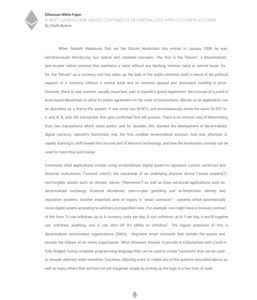 Source: Whitepaper.io
Source: Whitepaper.io
The whitepaper explains the network’s concept, design, and potential.
Buterin, along with other founders, including Gavin Wood, Jeff Wilke, Charles Hoskinson, Mihai Alisie, Anthony Di Iorio, Joseph Lubin, and Amir Chetrit, started the development of the network in 2014.
That same year, the team established the Ethereum Foundation with its headquarters in Zug, Switzerland. The foundation conducted the crowd sale, also known as the Ethereum ICO (Initial Coin Offering), from July 20 to September 2, 2014, and raised 31,591 BTC (worth $18 million) to fund the network’s development.
Finally, Ethereum’s blockchain went live on July 30, 2015.
Concepts Under Ethereum
- Ether (ETH): This is Ethereum’s native token that fuels the network. Users utilize it for transaction fees, smart contract execution, as a store of value, and to create and trade NFTs. Additionally, Ether is divisible into smaller units called Gwei (1 ETH = 1,000,000,000 Gwei). The token does not have a mixed value; it changes with market demand and supply. Currently, it is at $2,600.
- Open-source: This term refers to any software or technology that is public, transparent, and accessible to anyone.
- Decentralized Finance (DeFi): DeFi refers to financial services and systems that operate without third parties like banks, governments, or financial institutions. It also relates to applications and services that facilitate trading, borrowing, and lending on the Ethereum blockchain.
- Decentralized Applications (dApps): These applications on the Ethereum network enable decentralized, trustless, peer-to-peer interactions.
- Blockchain: A blockchain is a decentralized, distributed ledger that records transactions, data, and smart contract interactions on the Ethereum network.
- Smart Contracts are self-executing contracts that comply with predefined rules and automatically execute when certain conditions are met.
- Gas: This is a metric for measuring the computational power to process transactions and smart contracts.
- Ethereum Virtual Machine (EVM): This is a runtime environment or platform for deploying and running smart contracts on the Ethereum blockchain.
- ERC-20: A protocol or standard for building interchangeable tokens on Ethereum to ensure interoperability and compatibility.
- Block: A block is a group of transactions verified and added to the Ethereum blockchain.
- Mining: This is a process whereby miners verify transactions, create new blocks on the network, and get ETH tokens as rewards.
- Nodes: These are computers for mining and executing smart contracts on the network.
- Wallets: This is either an online (software) or offline (hardware) storage for ETH tokens.
How Does It Work?
When a user wants to send Ether (ETH) or execute a smart contract, nodes on the network verify such transactions using complex algorithms and cryptography.
The node also combines a group of verified transactions into a block, adding a block hash and broadcasting it to the network to be verified by other nodes. After other nodes have verified the block, each nodes add their blocks to the Ethereum blockchain.
The Ethereum Virtual Machine (EVM) executes smart contracts and transactions using gas.
Ethereum 2.0
Ethereum 2.0, or Serenity, is a major upgrade to the Ethereum blockchain to attain a more scalable, secure, and sustainable network. Additionally, the upgrade’s main components and phases include Beacon Chain, Sharding, Proof-of-Stake (PoS), eWASM, and Layer 2 scaling solutions.
Ethereum’s Transition to Proof of Stake
Upon its launch, the Ethereum network previously operated under the Proof of Work (PoW) consensus algorithm, using energy-intensive computational power to validate transactions and create new blocks.
However, on Sept. 15, 2022, the blockchain switched to the Proof of Stake (PoS) to reduce energy consumption and increase transaction speed through a process called The Merge.
Since then, the network has relied on validators staking their cryptocurrency to secure the network and create new blocks.
Nonetheless, following a growing internal dialogue within the community about the merits of replacing the Proof of Work (PoW) with the Proof of Stake (PoS) consensus mechanism, Vitalik Buterin defended the network’s transition, mentioning the former mechanism’s centralized nature.
Advantages of Using Ethereum
Smart Contract Platform: Ethereum pioneered the launch of smart contracts, enabling the development of decentralized applications (dApps) and decentralized finance (DeFi) platforms.
Decentralization: Since the Ethereum network operates in a decentralized way, no central authority can censor or manipulate transactions or data on the blockchain.
Energy-Saving: Ethereum’s switch from the Proof of Work to the Proof of Stake consensus mechanism makes it more energy-efficient than Bitcoin.
Limitations of Ethereum Blockchain
Firstly, Ethereum’s network congestion can lead to high gas fees, making transactions costly for users and developers.
Secondly, it faces regulatory uncertainty and legal challenges. For instance, Gary Gensler, Chairman of the United States Securities and Exchange Commission (SEC) and other members, stated that ETH was an unregistered security for at least a year.
However, the developer Consensys revealed that the SEC has dropped its investigation into Ether as a security.
Lastly, smart contracts in the ecosystem can be susceptible to security vulnerabilities and errors, exposing users to significant financial risks and potential losses.
Ethereum ETF
A spot Ethereum Exchange-Traded Fund (ETF) is a financial instrument that allows investors to invest in Ether without directly holding the cryptocurrency. In May, the US SEC approved Nasdaq, CBOE, and NYSE applications for ETH spot ETFs.
A few months after the approval, nine-spot ETH ETFs, led by the Grayscale Ethereum Trust (ETHE), collectively experienced net outflows totaling $98.29 million, with ETHE being the primary driver of this trend.
Conclusion
After reviewing some of the features of the Ethereum blockchain, you might ask, ‘Should I buy Ethereum?”
Before exploring investment opportunities in the Ethereum ecosystem to leverage its smart contract capabilities and other benefits, it is prudent to consult a financial advisor to discuss potential risks and volatility.
However, given the inherent high-risk nature of this market, investors should do proper research before allocating funds to ETH or any other crypto asset and ensure that the investment amounts are disposable and align with your overall risk tolerance.



